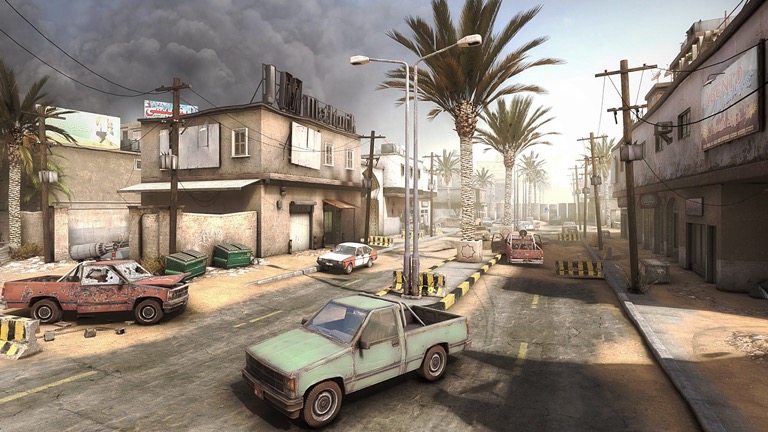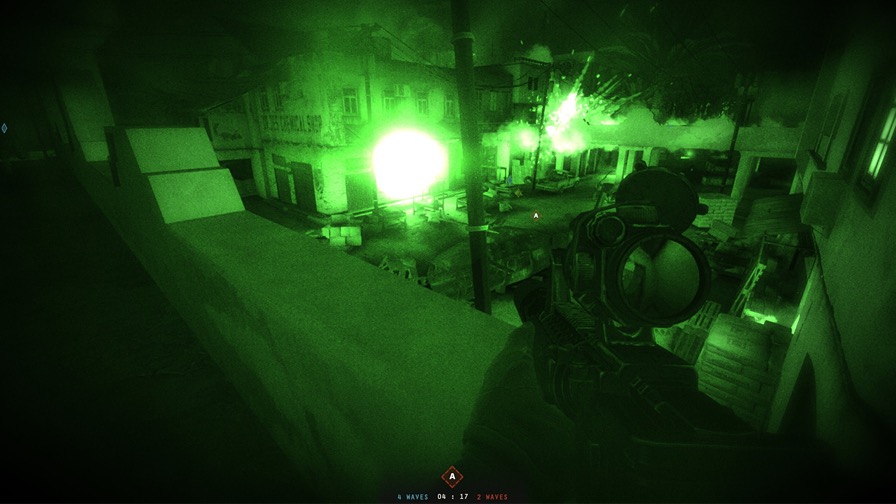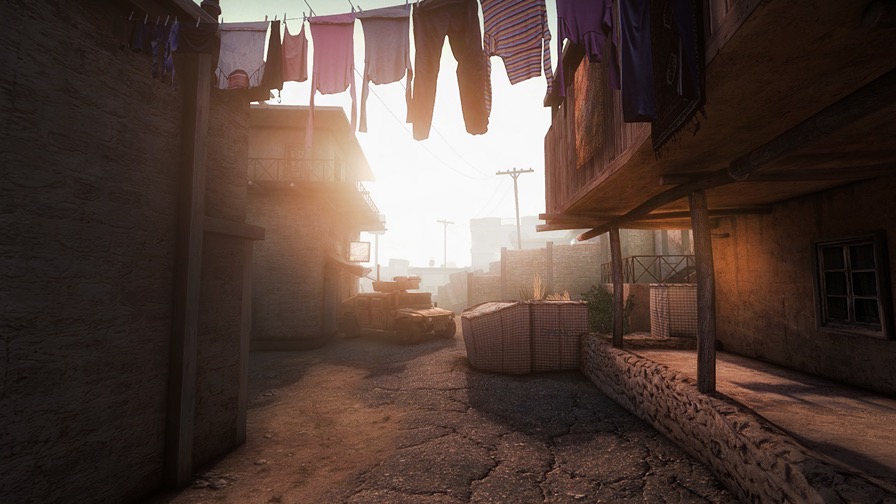The Backlog - Insurgency

I have a confession to make. Like many of you reading this, I have a list of games that I’ve been meaning play for years. I have way too many games on Steam, and a stack of cases sitting next to my TV. Close to five hundred games now. Maybe more. It makes me feel guilty. I haven’t touched 90% of them in one way or another. I need to fix that. So this week, I dug deep into my backlog and pulled out a game. I want to play all of them; I’ve just never had the chance. Now’s the time.
—
In the past few years, the simulation genre has broader into a more nebulous space than it was a decade ago, with the description taking on a memetic appeal in the gaming industry, being applied to anything and everything. While the idea of a combat simulator has been explored before by games like ARMA, there is still room for something else. Insurgency aims to provide that, with a smaller scale recreation of multiplayer gun battles between rather ordinary groups of soldiers and insurgents.
An average game of Insurgency focuses on squad based combat between two teams, each made of up a few distinct classes. Each class has a few weapons to choose from, with a scattering of rifles, carbines, machine guns, assault rifles, and submachine guns split up by speciality. But unlike a game like ARMA, the customization is bare bones. You are kitted out like members of an infantry unit, not an elite special forces operator, and you have to play around the limited resources you are allowed.
The game carries the minimalist direction into its design as well, with almost no visible heads-up display (HUD) to show you whats going on. You don’t know how many bullets are in each magazine that you load, or how much health that you have left. It makes each gunfight into a nail-bitingly tense experience, and forces you to think a lot more before you engage with an enemy player.
A single headshot with any gun will kill anyone, and you have no indication of hits or kills unless you look at the scoreboard. A firefight can be shooting at random shapes through smoke as you hope not to get hit, or desperately searching the side of a hill for an enemy sniper before they find you.
It captures the tension of combat in a more pure form, where even catching sight of a person is enough to get your heart pumping. Trading shots back and forth, sprinting to cover as bullets whip and crack by your ears, and wondering what every lull in the fire means. Is your opponent dead? Reloading? Or flanking you, aimed at the side of your head from behind some unseen piece of cover.
The game swaps complexity of mechanics for simplicity of execution, gaining more impact on the player for the lack of more complex mechanics like kill streaks, advanced weapons, vehicles, or unique maps.

The game types are basic enough, with a series of capture or defend oriented game modes, with one team trying to destroy a cache, while the other side digs in and tries to hold them off. All the while each death depletes a limited pool of respawns.
After you die, you have to wait until the next spawn wave, and after the limited number is up, the team loses. It makes each life carry weight to it, and gives you time in between lives to adjust load outs. After you destroy your objective, you gain a fresh spawn pool and move to the next. If you destroy them all you win. If time runs out or you run out of your life pool, your team loses.
It’s essentially “Conquest” from Battlefield, except instead of all of the objectives being available at once, you have to destroy the previous to reach the next, the map lengthening with each phase of battle.
They balance your loadout with a carry weight system for your loadout, where you have a certain number of points to spend on your loadout (like in Call of Duty: Black Ops 2), and each item costs more points.
A submachine gun will cost fewer points than a carbine or AR. Iron sights free up point to spend on grenades or additional ammunition or armor. Or you can swap that out for a long-range rifle with a more powerful scope, and in turn become more vulnerable because of it.

You have to balance out your ability to use a weapon effectively with your utility and survivability of each encounter. You can carry more grenades to flush enemies out of cover in urban environments, but when you get to those long-range sightlines, you’re going to be easy pickings for people with sniper rifles.
It makes you think before you enter a conflict, and I frequently found myself reworking my kit throughout the battle, as each phase would have different engagement distances and needs. Being able to balance that on the fly made the game feel more complex, even if the number of choices were more limited compared to something like ARMA.
There are also a few cooperative modes which are certainly a lot easier to jump into, and a fairly decent tutorial, but nothing really can prepare you for your first match against actual players. It’s a game that begs to be played with friends, as playing solo with randoms lacks the same communication that allows you to succeed.
It’s hard to have a frame of reference as to how the battle is going if no one is talking. Add in the fact that the in-game voice chat has a limited range, and some fights can get intensely lonely as you’re fired upon and have no one to save you.
This all allows the game to stand out in a field that is dominated by big budget, chaotic team-based shooters. Having a game that is about a few people taking pot shots at each other from behind hills sounds boring, but they’ve designed it in a way that makes each match grab you, that makes advancing over a single hill feel like a small victory.
It makes you think differently about the game that you’re playing and the conflict that it is portraying, in a way that we don’t really ever get to do.
_____________________________________________

Tom has been writing about media since he was a senior in high school. He likes long walks on the beach, dark liquor, and when characters reload guns in action movies.
You Might Also Like:
The Backlog - Shadow WarriorE3: Where Do Games Go From Here
Situation Invincibility and How it is Ruining Action Movies
_____________________________________________
Images courtesy of New World Interactive